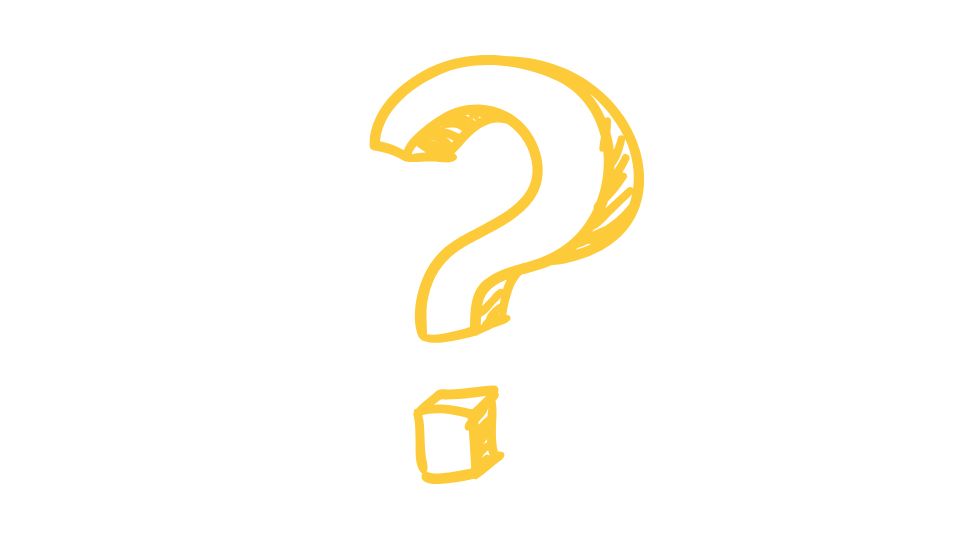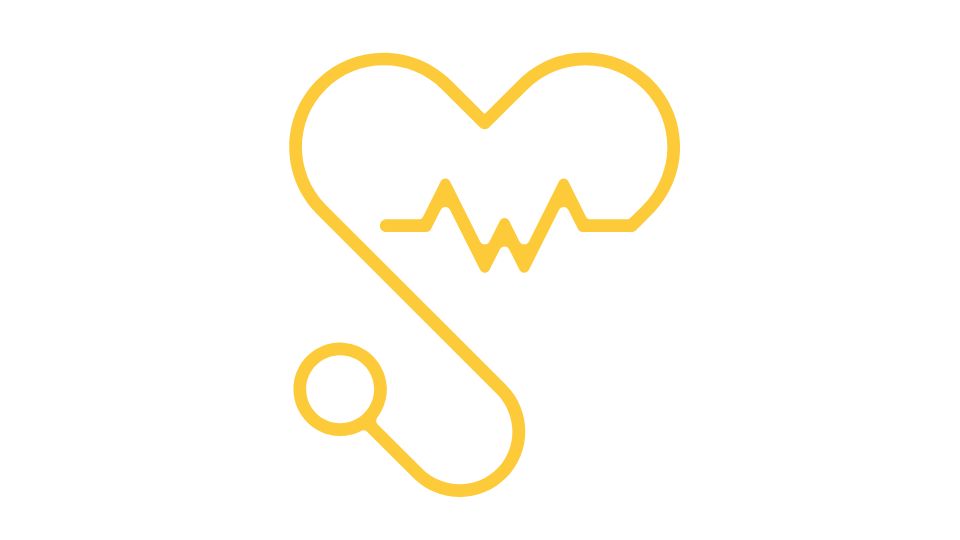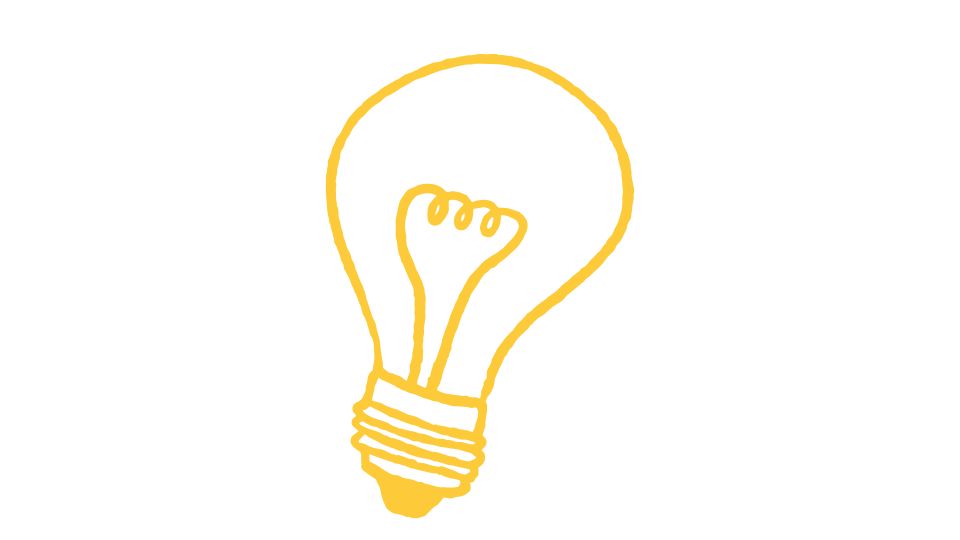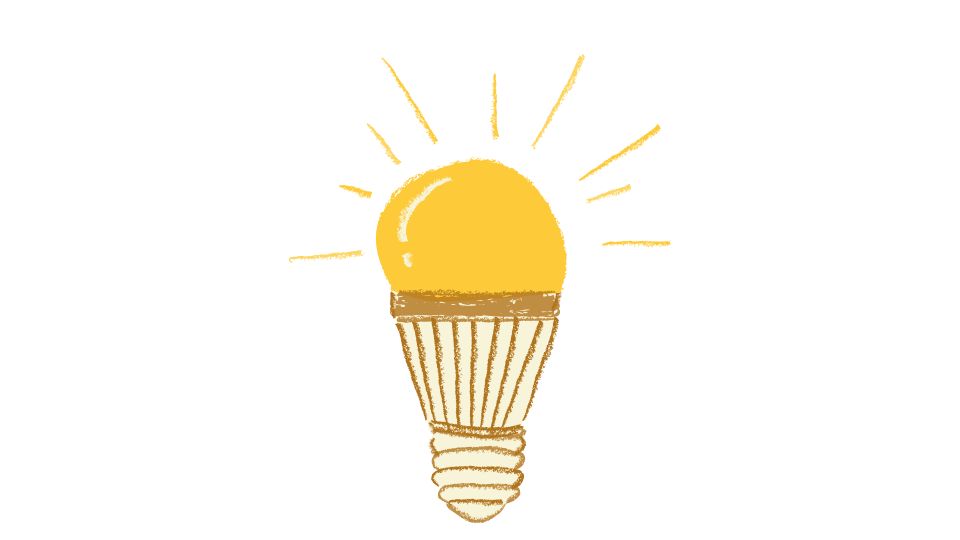Ever wondered why your friends are obsessed with logging their meals?
Let me tell you why meal tracking apps have become as essential as your morning coffee for anyone serious about their health goals.
Whether you’re trying to shed those stubborn pounds, pack on muscle, or just figure out why you feel like garbage after lunch, these digital food diaries have evolved way beyond simple calorie counting.

The Ultimate Guide to Meal Tracking Apps in 2025
So you’re thinking about tracking your meals? Smart move. Let’s break down what these apps actually do, which features matter most, and why the heck some people are now texting their meals instead of using traditional apps.
What Exactly IS a Meal Tracking App?

A meal tracking app is basically your nutritional accountant. It helps you log everything you eat, calculates how many calories you’re consuming, and keeps tabs on those all-important macronutrients (protein, fats, and carbs).
The real goal isn’t just to obsess over numbers – it’s about creating transparency around what you’re actually eating.
Because let’s be honest, most of us have the memory of a goldfish when it comes to remembering what we ate yesterday.
Many apps now track:
- Calories (the obvious one)
- Macronutrients (protein, carbs, fats)
- Micronutrients (vitamins and minerals)
- Water intake
- Exercise and activity
- Meal timing
All this data gives you a clearer picture of your eating habits so you can make better decisions based on facts, not feelings or that voice in your head saying “one more cookie won’t hurt.”
The Must-Have Features in 2025’s Top Apps
After researching the best apps out there, these are the features that separate the good from the great:
1. Giant Food Databases
Apps like MyFitnessPal have millions of food entries, including that weird energy drink you bought and that chain restaurant’s secret menu item. The bigger the database, the less time you spend manually entering nutritional info.
2. Barcode Scanning
Nobody wants to type in nutrition facts from a label. Being able to scan a barcode and have all the info automatically populate is a game-changer for packaged foods.
3. Nutrient Tracking Beyond Calories
The best apps like Cronometer don’t just count calories – they track up to 84 different nutrients! This is huge if you’re trying to optimize your vitamin intake or figure out why your energy levels are all over the place.
4. Smart Device Integration
Your Apple Watch knows you just burned 400 calories on that run – shouldn’t your food app know too? Top apps sync with Fitbit, Garmin, Apple Health and more to give you the full picture.
5. Goals That Fit YOUR Life
Everyone’s body and goals are different. The best apps let you customize calorie and macro targets based on whether you’re trying to lose fat, maintain weight, or build muscle.
6. AI-Powered Meal Planning
Some apps like HealthifyMe now offer AI-generated meal plans based on your preferences and goals. It’s like having a nutritionist in your pocket (but way cheaper).
7. User-Friendly Design
If logging your meals feels like filing taxes, you’ll quit after day three. Apps like Yazio win by keeping things simple and visually appealing.
8. Behavior Coaching
Noom has revolutionized this space by focusing on the psychology of eating, not just the numbers. Because let’s face it – we all know what to eat, it’s actually doing it that’s the hard part.
The Battle of the Apps: How They Stack Up

Let me break down the top contenders:
Cronometer
- Strengths: Insanely detailed nutrient tracking, verified food data, connects to fitness trackers
- Weaknesses: Might overwhelm beginners, paid version is pricey
- Best for: Nutrition nerds and data lovers
MyFitnessPal
- Strengths: Massive food database, barcode scanner, workout syncing
- Weaknesses: Some database entries can be inaccurate (user-submitted)
- Best for: People who eat out often or buy lots of packaged foods
HealthifyMe
- Strengths: AI meal planning, nutritionist support
- Weaknesses: Not as globally focused
- Best for: Those wanting personalized guidance
Yazio
- Strengths: Super user-friendly, great meal planning
- Weaknesses: Less detailed nutrient data
- Best for: Beginners and visual learners
Noom
- Strengths: Focuses on behavior change and habits
- Weaknesses: More expensive, not purely a calorie counter
- Best for: People who’ve tried and failed with traditional tracking
MealByMeal
- Strengths: Text-based tracking (no app needed!), simplicity
- Weaknesses: Fewer integrations with fitness devices
- Best for: People with app fatigue who just want to text their meals
Why Some People Are Texting Their Meals (MealByMeal)

While most apps require opening your phone, finding the app, searching for foods, and logging everything manually, MealByMeal takes a completely different approach – you just text what you ate.
This text-based approach is brilliant for a few reasons:
- Zero friction – just send a text like you would to a friend
- No app fatigue – one less app to open and navigate
- Quick and easy – text “egg sandwich and coffee” and you’re done
- Still get calorie and macro data – sent right back to your phone
For people who get overwhelmed with traditional apps or just want the path of least resistance, text-based meal tracking might be the sweet spot between getting useful data and not making tracking feel like a part-time job.
How to Pick the Right App For You

With so many options, how do you choose? Ask yourself:
1. How accurate do you need to be?
If you’re a competitive athlete or managing a health condition, you might need the verified data of Cronometer. If you’re just trying to be more mindful, something simpler might work.
2. What’s your tech comfort level?
Be honest – if you hate learning new apps, something super simple like MealByMeal might be best. If you love tinkering with features, MyFitnessPal might be your jam.
3. What specific features do you need?
- Just calories? Almost any app will work
- Detailed vitamin tracking? Go with Cronometer
- Behavior change support? Noom is your best bet
- Absolute simplicity? Try text-based MealByMeal
4. What’s your budget?
Many apps have free versions with the basics, but premium features usually cost. Decide if those extras are worth the monthly subscription.
5. Do you use fitness trackers?
If you’re already tracking workouts or steps, choose an app that plays nicely with your devices for a more complete picture.
Why Tracking What You Eat Actually Works
The science is pretty clear on this one – people who track their food intake are more successful at reaching their health goals. Why?
Awareness – You can’t change what you don’t measure. Most people underestimate their calorie intake by 20-40%!
Accountability – That moment when you realize you’re about to eat your entire day’s calories in one sitting.
Pattern recognition – “Huh, I always seem to binge on carbs at 3pm when I’m stressed.”
Education – You quickly learn which foods give you the most nutritional bang for your buck
The best part? You don’t have to track forever. Many people use these apps as “training wheels” until they develop better intuition around their eating habits.
Final Thoughts
A good meal tracking app can be the difference between another failed diet attempt and actually understanding your nutrition enough to make lasting changes.
Whether you choose the data-heavy approach of Cronometer, the massive database of MyFitnessPal, the behavior coaching of Noom, or the simplicity of texting your meals to MealByMeal, the best app is ultimately the one you’ll actually use consistently.
Whatever you choose, remember that these apps are tools, not masters. They’re meant to serve you, not stress you out.
Use them to gather insights, make adjustments, and move closer to your health goals – without driving yourself crazy in the process.
And hey, if all else fails, you can always go back to the prehistoric method of “eat when hungry, stop when full” – but where’s the fun in that?




Leave a Reply